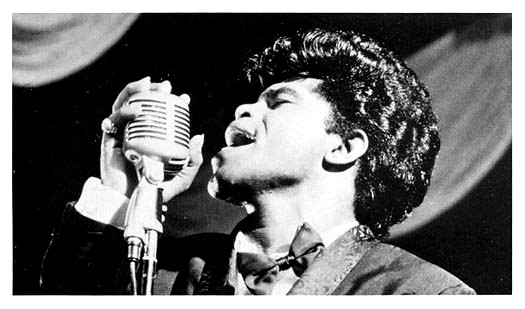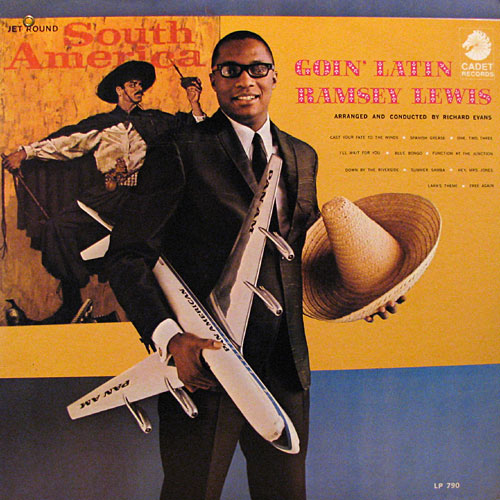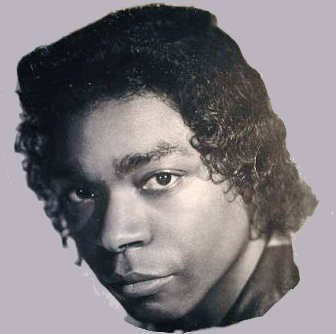Comments from the
Aging Well post on Ramsey Lewis, from two of my most music heavy buddies.
NateS:Your Ramsey post reminded me of another cat who made the "crossover" from jazz to...funk, or something:
Roy Ayers. With the benefit of hindsight it starts to look a little tragic how so many jazz men and women threw down their axes in the funk ring come mid70s when everyone suddenly decided that the scene was dead (or maybe just not lucrative) and made shitty "crossover" music that ended up appealing to just about nobody (SAY
this TO
this). How would music be different today if they had never strayed?
So who was successful at 'the leap' besides Ramsey and Roy? I mean successful artistically, sorry George "Breezin'" Benson (that one really hurts. Early GB is dope.) SO, Rich JC, countless anonymous readers---Eddie Harris? Miles, duh. Uh...John Klemmer? Dude is kind of a beast, I swear.
 Roy Ayers' vibes.
Roy Ayers' vibes.
Uncle Jam:Eddie Harris was definitely one of the first to come to mind, but man, there are SO many "jazz" artists that recorded tons of x-over material, and, IMO, in that mix there are TONS of great R&B tracks by those we tend to primarily consider "jazz" artists.
Hell, almost every R&B cat in NOLA in the 60s & 70s came up playing "jazz". Seriously-almost all of them. And that goes for much of the rest of the country too. Booker T & The MGs and the rest of the Stax instrumentalists played in jazz bands at night after they left the studio.
Nowadays we view jazz, soul, funk, blues, and rock as separate entities with distinct, albeit vague, boundaries, but most interviews I've read/heard suggest that these cats viewed music as more of seamless continuum. It was all just "the blues".
Some great x-over by "jazz" artists:
Eddie Harris -
How Can I Find Some Way to Tell YouLonnie Smith -
All In My Mind (on that Stevie Wonder tip)
Donald Byrd -
Love's So Far AwayBernard Wright -
Just Chillin Out (Miles Davis' Solar appears on the same album):
Idris Muhammad -
Disco Man (drummer on countless Prestige/Blue Note jazz sessions in the 60s)
Oscar Brown, Jr. -
Feel The Fire (put lyrics to The Work Song et al)
Joe Thomas -
Funky Fever& oh so appropriately - Eddie Harris'
I Need Some Moneydisclaimer: this is only jazz artists who were well-known when they went x-over; go deeper and there are tons more. also doesn't include jazz artists covering pop songs, or vice versa.



















